- What Are Close Up Lenses And How Do They Work
- Some Of The Benefits Of Using Close Up Lenses For Photography
- Choosing The Right Close Up Lens
- Tips for Using Close Up Lenses Effectively
- Techniques for Achieving Creative Shots
- Best Genres to Shoot with Close Up Lenses
- Overcoming Common Challenges When Using Close-up Lenses
- Maintaining Your Close Up Lenses
- Post Editing Your Close Up Photography To Showcase It
- Summing Up Close-Up Lens Photography for Beginners
- Frequently Asked Questions
- What's the main difference between threaded close-up lenses and macro lenses?
- Can I use threaded close-up lenses on any camera?
- How do I choose the right strength for a threaded close-up lens?
- Are threaded close-up lenses compatible with zoom lenses?
- Do threaded close-up lenses affect photo quality?
- Can I stack multiple threaded close-up lenses for increased magnification?
- Are there any alternatives to threaded close-up lenses for close-up photography?
What Are Close Up Lenses And How Do They Work
Close-up lenses help cameras get closer to subjects for detailed photography. They tweak the camera lens, letting it focus closer to capture tiny details of subjects like flowers or insects. Also called macro filters, these lenses are extra attachments that go on the front of your camera lens. Available in different diopter strengths, each diopter step dictates their magnification power. For example, a higher diopter number lets you focus closer and magnify more than the previous number.
Close-up lenses enhance your camera lens’s power, reducing the minimum focus distance. This lets photographers capture subjects with more detail and magnification, no need for macro lenses. Bear in mind, close-up lenses offer budget-friendly macro lens like results, but they could affect image quality. Still, they’re a hit with photographers keen on close-up shots without splurging on a dedicated macro lens.
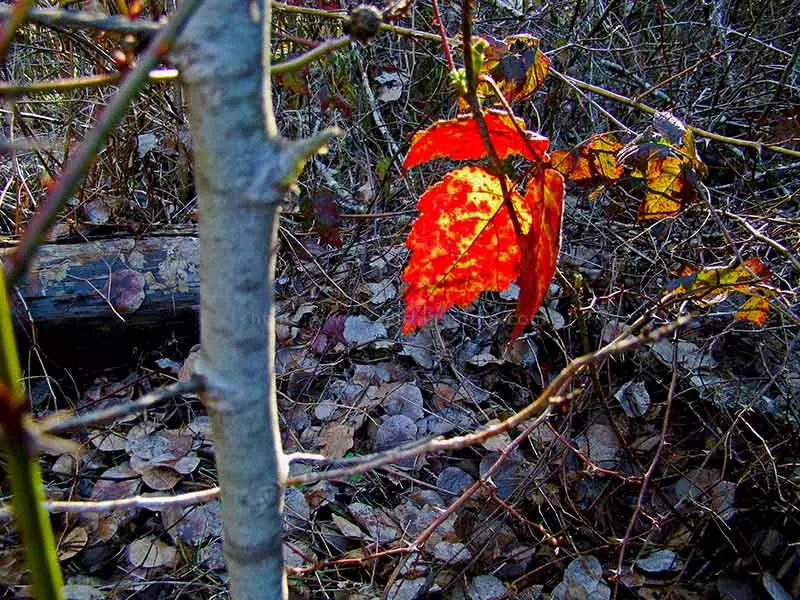
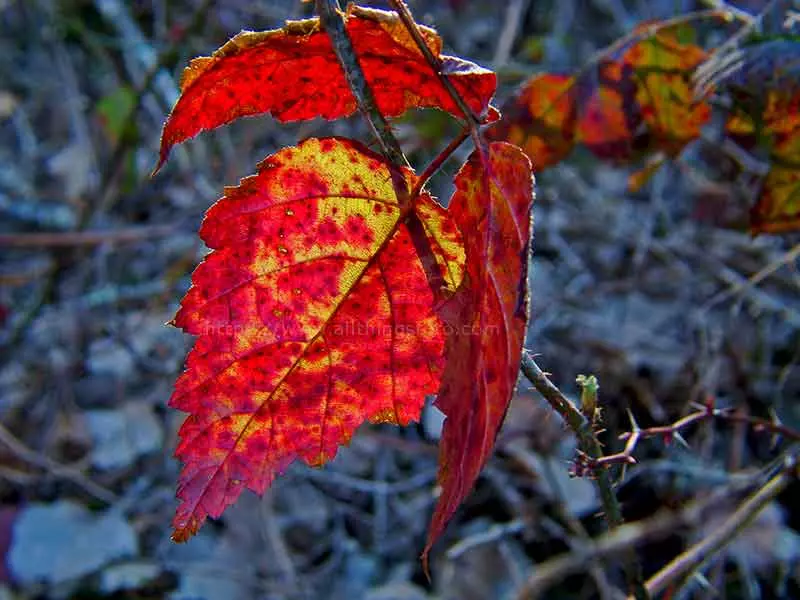
Some Of The Benefits Of Using Close Up Lenses For Photography
Close-up lenses are like hidden treasures in photography, often missed but incredibly valuable. They possess an almost mystical quality, magnifying the smallest intricacies and bringing them vividly to life.
First off, they’re super convenient. No need for bulky macro lenses; just pop them on your existing lens and voila! Instant macro lens capability.
Plus, they’re budget-friendly, a lifesaver for budding photographers. Ever struggled with focusing on small subjects? Close-up lenses solve that, letting you capture intricate textures and patterns effortlessly.
Close-up lenses help keep your subject in focus by widening the depth of field. They offer flexibility by working with a range of lenses for capturing close-up shots.
Close-up lenses usually keep image distortion low, unlike extension tubes or bellows. They maintain the original optics of your lens, keeping its aesthetic quality true.
Close-up lenses are made to play nice with autofocus, making focusing closer on subjects a breeze. You can use close-up lenses for more than just traditional macro photography, like product shots or portraits of tiny subjects.
And the best part? They’re versatile. Whether it’s capturing the softness of flower petals or the complexity of insects, close-up lenses offer creative opportunities without emptying your wallet.
I promise you, adding them to your gear will be a move you’ll be thrilled about!
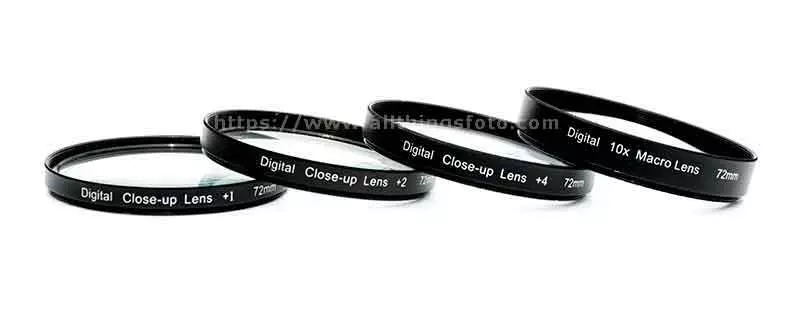
Choosing The Right Close Up Lens
Remember the following points when trying to decide on your first close-up lens. First off, consider the focal length. This decides how near you can get to your subject while keeping it sharp and clear. For shooting small objects or details, opt for a shorter focal length to achieve maximum magnification. But if you’re photographing bigger subjects or scenes, a longer focal length could work better.
Next, think about magnification. It is the size increase of your subject related to its original size. Close-up lenses vary in magnification levels. So think about how much detail you want in your macro photo.
The thread diameter specs for the lenses must match or you will need a step up or down ring. You find these specs on both of the lenses after this symbol ∅.
The optical quality of the close-up lens matters. Close-up lenses which lessen aberration and distortion provide better photos.
Don’t forget to think about your budget. Close-up lenses (affiliate link) come in a range of prices. Select a lens that balances affordability with the quality you need. With these factors in mind, you’ll choose a close-up lens that elevates your macro photography.
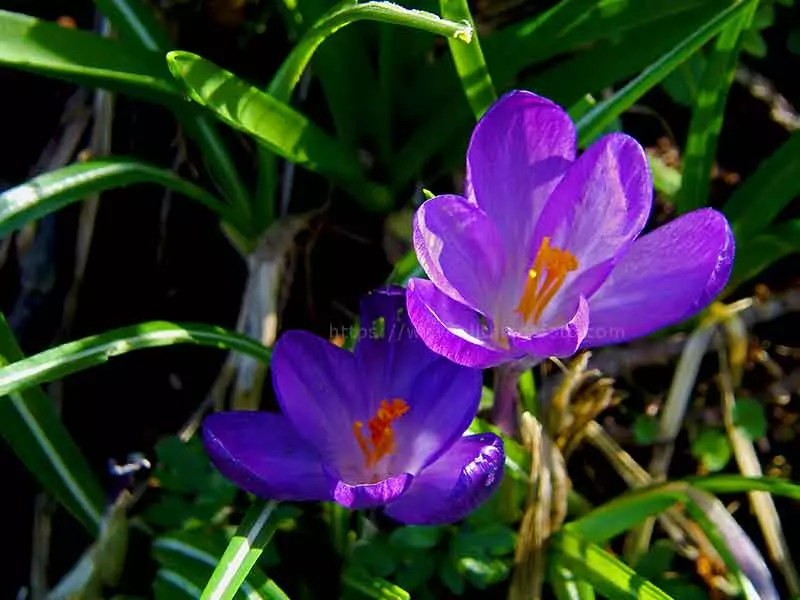
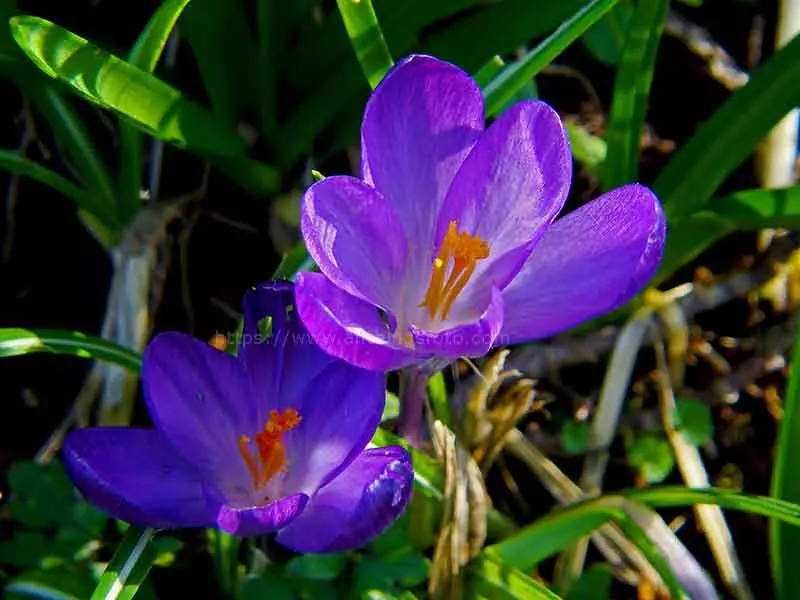
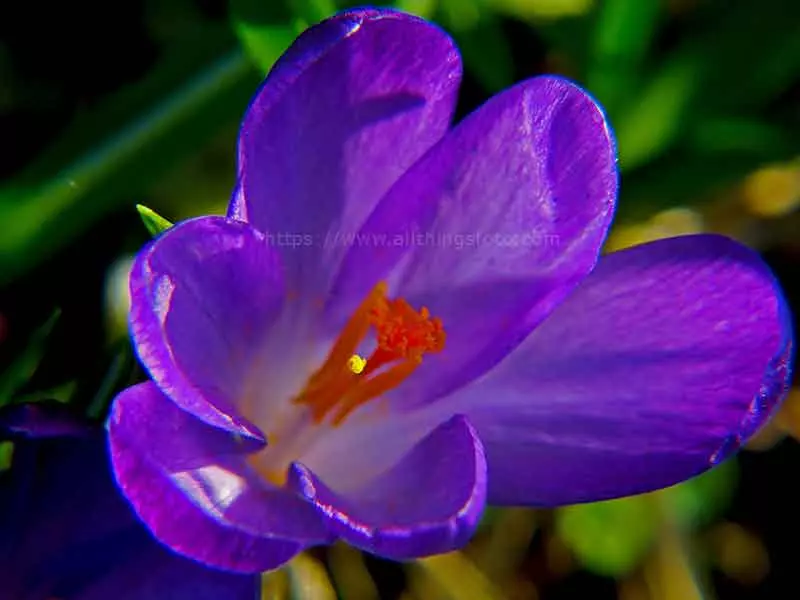
Tips for Using Close Up Lenses Effectively
Paying attention to details helps improve your skills. Try practicing your focus techniques. Switch to manual focus instead of auto focus. By taking the time to learn to focus manually, you capture details and control the composition.
Practice using different apertures in your camera settings to control how much of your subject is in sharp focus. A wider aperture gives you the desired background blur. Similarly, adjust shutter speed to account for any movement of macro subject, ensuring crisp and sharp macro images. Always use a tripod to reduce camera shake.
By mastering these techniques and approaching close-up photography with patience and creativity, you can unlock a world of stunning imagery. Embrace the opportunity to explore the beauty in the smallest of macro subjects, and let your creativity soar. Eventually you will become a great macro photographer.
Techniques for Achieving Creative Shots
Experimenting and innovating is a form of art in macro photography which allows you create amazing photos. In close-up photography, exploring various angles and perspectives helps you define your style. Instead of shooting from eye level, get lower to the subject. Looking down on your subject adds depth and intrigue. Simple adjustments like these reveal different angles of natural light and textures. Details that may go unnoticed at eye level.
Another powerful tool for unleashing creativity is mastering depth of field. Close-up lenses allow you to control focus and/or blur in your composition. Different aperture settings create different artistic effects. They provide fine details which define your macro subjects or create a bokeh effect to evoke emotions.
Beginners looking to advance their skills after experimenting with the above techniques, are ready to try light painting or multiple exposures. These add dynamic layers and visual interest to your shots. Combining these advanced techniques with foundational skills, you can push the boundaries of creativity. Remember, the key to achieving creative shots lies in continuous experimentation and a willingness to think outside the box.
Best Genres to Shoot with Close Up Lenses
Close-up lenses are best suited for certain photography genres. They work like a magnifying glass attached to your standard lens. The best genres to dive into with these magical lenses? Well, think about macro photography – you know, getting super close to those tiny bugs and flowers. Then there’s nature photography, where you can capture the intricate beauty of leaves, textures and wildlife. And don’t forget about product photography – those close-up lenses make every little detail pop, perfect for showcasing your favorite products.
Overcoming Common Challenges When Using Close-up Lenses
Screw on close-up lenses present some challenges if not used correctly. Focus hunting occurs when you use your cameras auto focus. Sometimes in macro photography, your camera body sensor has trouble finding enough contrast and detail to focus properly. When this happens the auto focus will keep hunting for the right subject to focus on. This is why I recommend learning how to master manual focus first.
Lens distortion bends straight lines, especially near the frame edges. Change your angle or perspective and/or try a different focal length.
Lighting and reflections can present their own set of problems. Sometimes the smallest glimmer of light affects your composition. To combat this, try diffusing your light source or using a reflector to bounce light onto your macro subjects from a different angle. And if you’re dealing with pesky reflections, try changing your shooting position or using a polarizing filter to minimize glare.
Wind and other movement present their own challenges in macro photography. Using a steady tripod and a faster shutter speed helps to eliminate these challenges including camera shake.
In close-up photography, trial and error are your best teachers. Embrace the challenges as opportunities to learn and grow as a photographer.
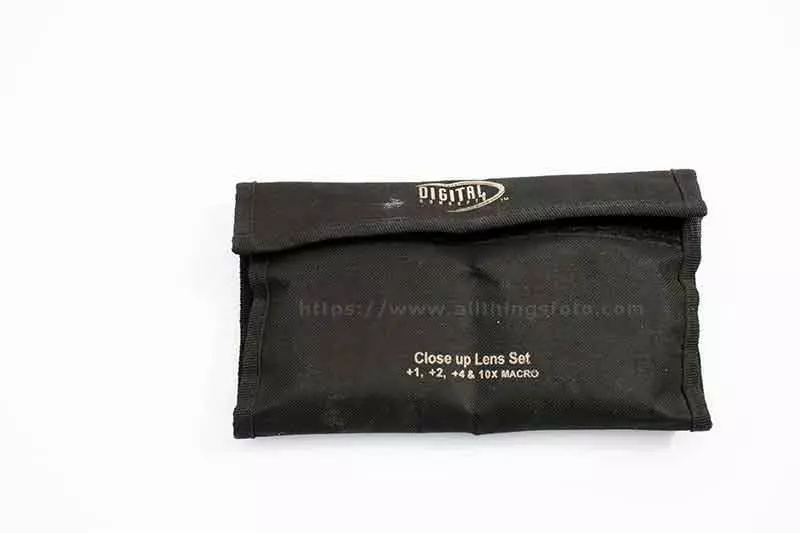
Maintaining Your Close Up Lenses
Let’s talk about why you should take care of your close-up lenses! To perform their best, close-up lenses require regular maintenance.
First off, cleaning. Smudges or specs of dirt ruin your hard work. You could remove them during post editing with software like Photoshop or ON1 but that is just more work. Snatch up a soft microfiber cloth – they’re like magic for cleaning! Give those fingerprints and dust a gentle swipe. Avoid using harsh chemicals or rough materials that could scratch the lens. And don’t forget the storage! A clean, dry, and preferably padded case is ideal. No tossing them in your camera bag with loose change and keys!
Now, onto the enemies: dust, dirt, and moisture. If you’re not careful, these nuisances damage your gear over time. Keep your lenses covered when not in use. Lens caps are a lifesaver for keeping out dust and dirt. Using a lens hood also offers some protection. And if you find yourself in damp conditions, like a misty morning or after a rain shower, make sure to wipe down your lenses after every use.
Remember, by doing regular maintenance to your close-up lens, they will continue to perform at their best!
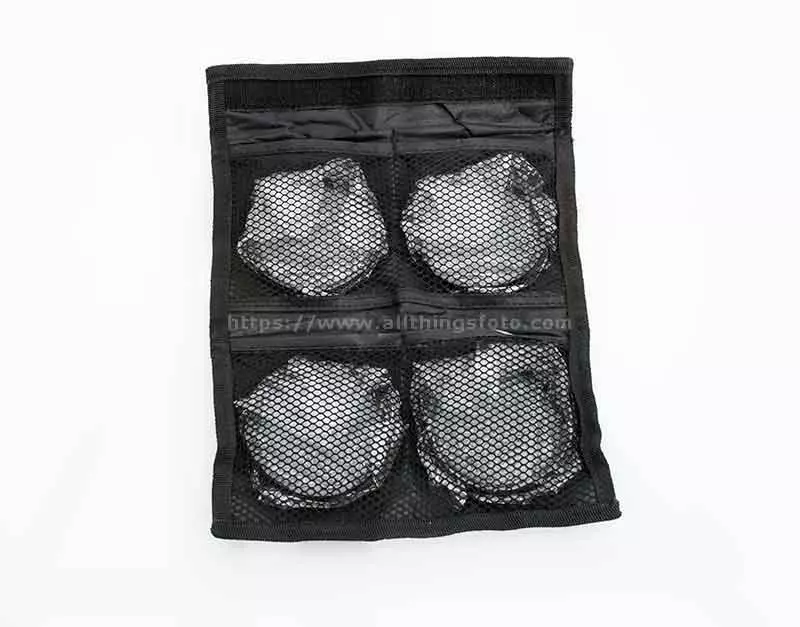
Post Editing Your Close Up Photography To Showcase It
Let’s dive into the world of post-editing your close-up photography to make those macro shots shine and then how to get them out there for the world to see!
First off, editing. I like to make adjustments to the exposure, vibrancy and experiment with shadows and highlights when my details don’t look sharp enough. Contrast and brightness needs some tweaking now and then also. And don’t forget about color! Saturation and temperature changes sometimes add a little extra to your composition.
Social media is a great way to show others your close-up photos. Use Flickr, Instagram or Pinterest to develop a strong following. Hashtags and engagement with your followers helps grow your audience.
Join macro photography communities or forums where you learn from others, get feedback on your work and even collaborate on projects. Building a presence online is all about connecting with people who share your passion for close-up photography.
So, go ahead, edit those photos to perfection and let the world see the beauty you’ve captured through your lens!
Summing Up Close-Up Lens Photography for Beginners
This article describes close-up lenses and their usage. It also provided techniques and tips to improve your compositions. Close-up lenses like filters attach to camera lenses. They provide closer focus and higher magnification without the need for expensive macro lenses. Get better photo quality while reducing the minimum focus distance at a discount price.
Benefits of close-up lenses include convenience, affordability and compatibility with autofocus. They widen the depth of field and maintain low image distortion. Close-up lenses work well for various photography genres such as macro photography, nature and product photography.
I touch on how to select the right close-up lens. Consider focal length, magnification, thread diameter, optical quality and budget. You learn to master focus techniques, experiment with aperture settings and shutter speed, and explore creative angles and perspectives.
I talk about common challenges like focus hunting, lens distortion and lighting issues. Learn to use manual focus and techniques to mitigate reflections and glare. Regular maintenance is also discussed, including cleaning and protection from dust, dirt and moisture.
Some of the popular post-editing techniques involve adjustments to exposure, vibrancy, contrast and color saturation to enhance close-up photography. Sharing photos on social media platforms, joining macro photography communities, and engaging with followers places your macro photos in front of a larger audience.
Now it’s up to you to practice and develop your close-up photography skills while enjoying all that this art form has to offer!
